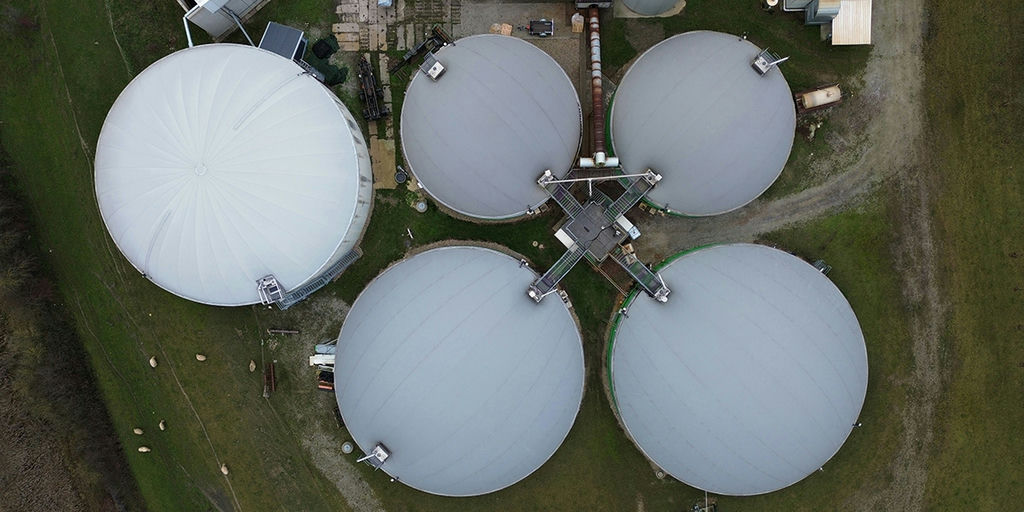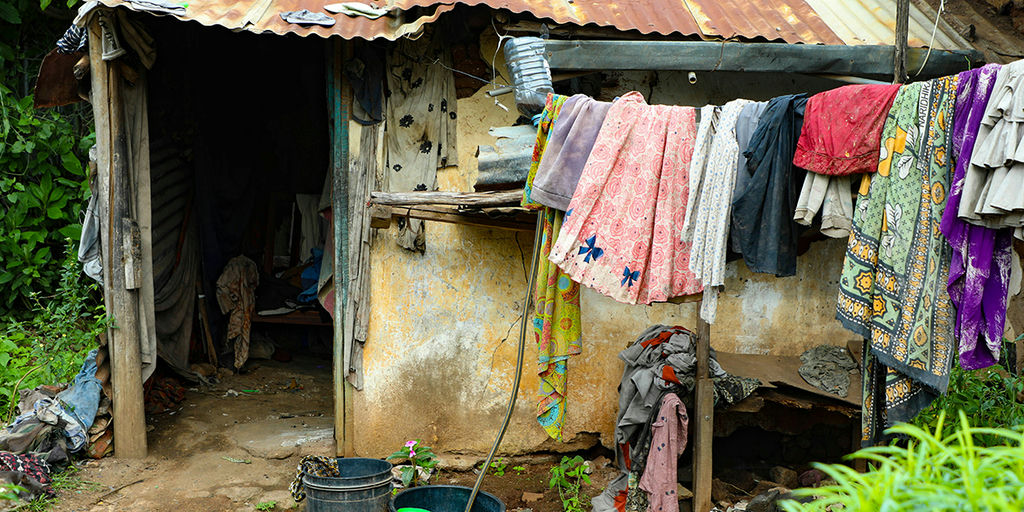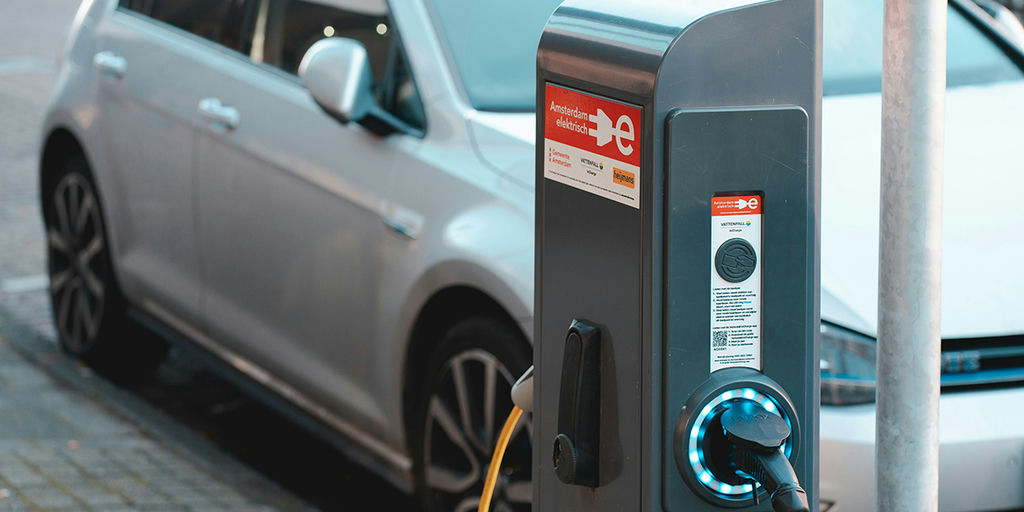The Role of Biogas in the Circular Economy Revolution

Image Source: Julia Koblitz/Unsplash
Biogas from municipal solid waste and agricultural residues is becoming a cornerstone of the circular economy revolution. This model, which is based on reducing, reusing, and recycling materials, has gained traction with new technologies and a growing recognition of waste as a valuable resource.
Recent data shows the economic potential of this transformation. In 2024, analysts valued the circular economy market at about 463 billion, and they project it will reach 518 billion in 2025, growing nearly 12% annually. Optimistic forecasts suggest the sector could hit $798 billion by 2029. The World Economic Forum estimates that if the global recycling rate reaches 95% (an aspirational target), the circular economy could unlock 5.6 trillion in opportunities between 2030 and 2050.
Urban centers face a significant challenge in managing municipal solid waste, since improper disposal contaminates soil and water. Converting this waste into biogas offers a sustainable solution. Through anaerobic digestion, the organic fraction of MSW produces methane and carbon dioxide, which serve as renewable energy sources. Companies such as Waste Management, Inc. (WM) lead this effort, operating U.S. facilities that produce millions of cubic meters of biogas annually. Their initiatives cut greenhouse gas emissions, reduce landfill waste, and supply energy for electricity, heat, or even renewable vehicle fuel. This positions biogas as a key driver of the low-carbon economy while reducing fossil fuel dependence.
Agriculture also plays a strategic role in this revolution. Farmers can transform cattle, pig, and poultry waste, which is often discarded improperly, into biogas. Anaerobic digestion not only generates energy but also produces nutrient-rich digestate that farmers can use as organic fertilizer, closing the nutrient cycle. The process reduces odors, lowers health risks linked to poor waste management, and increases rural energy self-sufficiency by providing power directly on farms.
Together, municipal and agricultural biogas show how the circular economy can turn waste into opportunity. This model promotes environmental sustainability while also driving social and economic development. Yet the Circle Economy Foundation’s Circularity Gap Report 2025 reveals that the world is only 6.9% circular - meaning that this fraction of the materials that enter the global economy return to production cycles instead of becoming waste or emissions. The report stresses that real circularity requires more than minimizing the harms of a linear economy—it calls for systemic change that builds resilience, creates business opportunities, and delivers broad social and environmental benefits.
Investing in biogas production and waste valorization technologies is essential to building a more sustainable and resilient future. See other Energy and Travel and Transport coverage in the Earth Hero Articles section.

